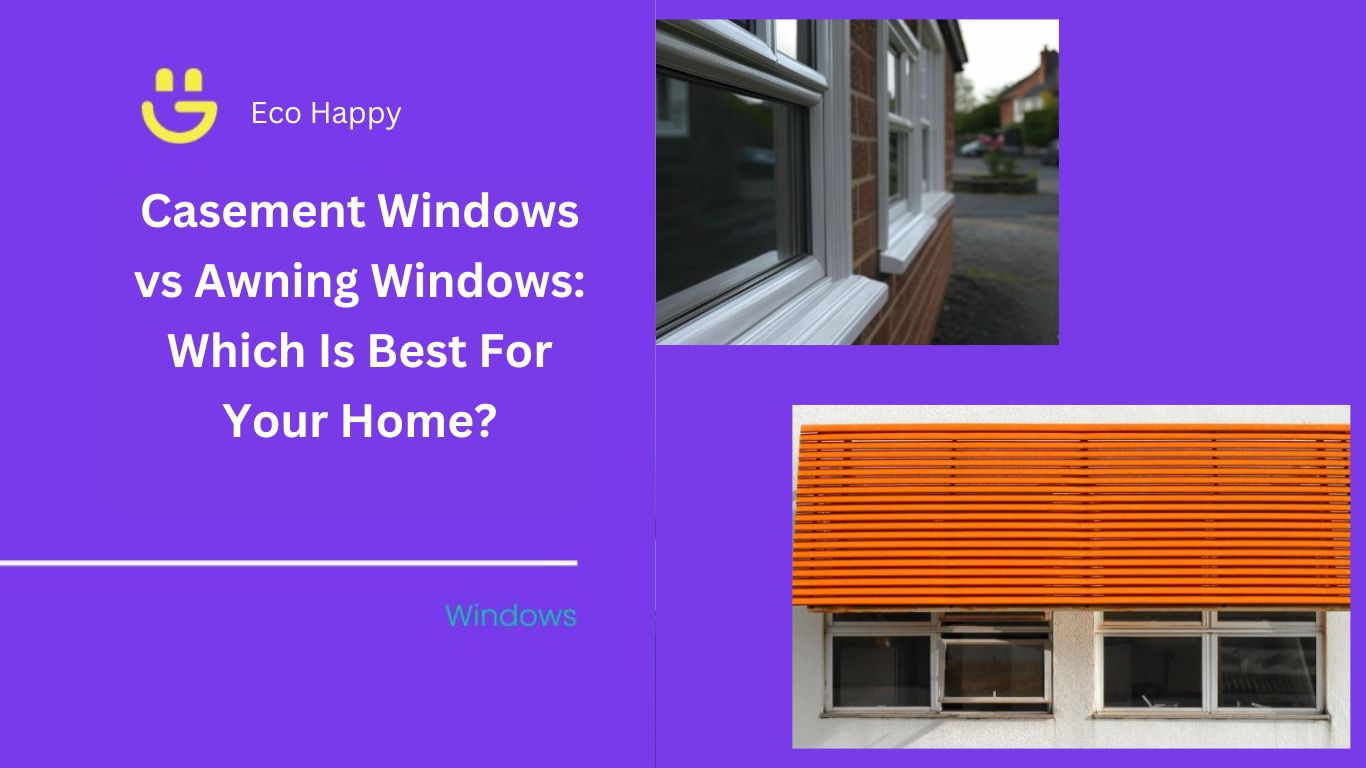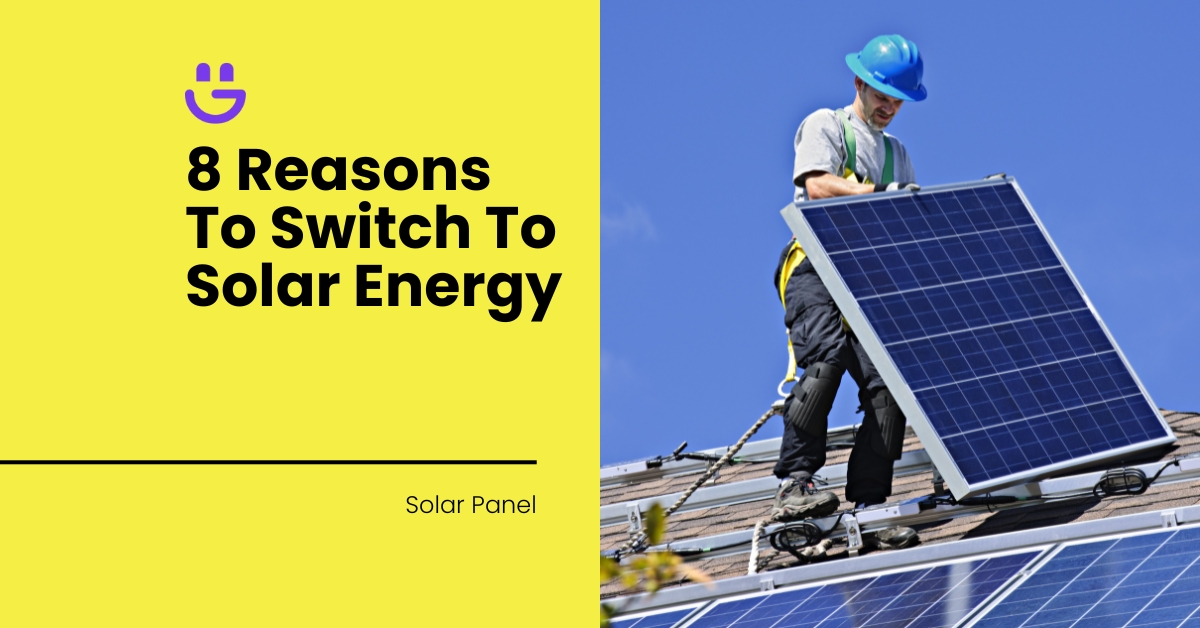Last Updated on November 14, 2025
Awning Window vs Casement Window: Pros, Cons, & Which to Choose
When it comes to selecting the perfect windows for your home or commercial building, the decision between an awning window and a casement window can be a tough one. Both types of windows have unique characteristics that suit different needs, preferences, and architectural styles.
In this in-depth guide, we’ll explore the pros and cons of each window type, their functionality, cost, and more, to help you make an informed decision for your property.
Contents
- 1 Awning Window vs Casement Window: Pros, Cons, & Which to Choose
- 1.1 Awning Window vs Casement Window: A Quick Comparison
- 1.2 Awning Window vs Casement Window: Which Is Better?
- 1.2.1 How Awning Windows Work
- 1.2.2 How Casement Windows Work
- 1.2.3 Which Property Types Are Best for Awning Windows & Casement Windows?
- 1.2.4 Awning Window vs Casement Window: Materials
- 1.2.5 View & Natural Light Intake
- 1.2.6 Insulation & Energy Efficiency
- 1.2.7 Ventilation & Draughts
- 1.2.8 Security Features
- 1.2.9 Maintenance & Longevity
- 1.2.10 Costs & Installation
- 1.2.11 Installation Requirements & Timeframe
- 1.3 How to Choose Between Awning Window & Casement Window
- 1.4 Comparing Other Window Types
- 1.5 Ready to Install New Windows? Get Your Free Quote Today!
- 1.6 FAQs
Awning Window vs Casement Window: A Quick Comparison
| Feature | Awning Window | Casement Window |
|---|---|---|
| Aesthetic Appeal | Modern, sleek design | Classic, elegant look |
| Opening Mechanism | Hinged at the top, opens outward | Hinged on the side, opens outward |
| Ventilation | Offers excellent airflow | Excellent airflow with a wider opening |
| Energy Efficiency | Great for insulation, energy-efficient | High energy efficiency with tight seal |
| Security | Offers good security, hard to open from outside | Generally secure, depends on locking mechanism |
| Cost | Typically more affordable | Slightly more expensive |
| Best Suited For | Modern homes, apartments, rooms with limited space | Traditional homes, homes with larger spaces |
Awning Window vs Casement Window: Which Is Better?
How Awning Windows Work
Awning windows are hinged at the top and open outward, providing a unique mechanism compared to standard windows. These windows are designed to let in air even during rain, thanks to their outward opening nature which allows the top to remain shielded from the elements.
Key Features of Awning Windows:
Pros and Cons of Awning Windows
| Pros |
| Cons |
How Casement Windows Work
Casement windows are hinged on one side, typically opening outward using a crank mechanism. These windows offer a wider opening than awning windows and are perfect for those who want to enjoy maximum ventilation and airflow.
Key Features of Casement Windows:
Pros and Cons of Casement Windows
| Pros |
| Cons |
Which Property Types Are Best for Awning Windows & Casement Windows?
Best Properties for Awning Windows
Best Properties for Casement Windows
Awning Window vs Casement Window: Materials
Both window types are available in a variety of materials, each with their own advantages.
View & Natural Light Intake
Both awning and casement windows are great at allowing natural light into your property. However, casement windows tend to offer a wider view due to their larger opening and more expansive design, making them ideal for living areas where natural light and views are important.
On the other hand, awning windows, while they may not provide as wide of a view, are excellent for smaller spaces that require ventilation while still maintaining privacy.
Insulation & Energy Efficiency
Both types of windows can provide excellent insulation when installed properly. However, casement windows typically offer a better seal than awning windows due to their side hinges and locking mechanism, providing improved energy efficiency.
For homeowners seeking top-notch insulation, casement windows may be the better option.
Glazing Options
| Glazing Option | Awning Windows | Casement Windows |
|---|---|---|
| Single Glazing | Basic option | Common for budget windows |
| Double Glazing | More energy-efficient | Provides excellent insulation |
| Triple Glazing | Ideal for cold climates | Top-tier insulation, high energy savings |
Single glazing is less energy-efficient, while double and triple glazing offer better insulation, reducing heat loss and increasing energy savings.
Ventilation & Draughts
When it comes to ventilation, both window types perform well. Casement windows provide a larger opening for airflow, while awning windows allow for continuous ventilation even when it’s raining.
However, due to their tight seals, casement windows tend to have fewer draughts and better insulation.
Security Features
Both window types come with built-in security features. Casement windows often feature a multi-point locking system, providing a secure seal. Awning windows, while secure, may not offer the same level of security as casement windows due to their opening mechanism, making it easier for burglars to access in some cases.
Maintenance & Longevity
In terms of maintenance, both window types are relatively easy to care for. However, casement windows require more upkeep due to their crank mechanism, which can wear over time. Awning windows have fewer moving parts and require less maintenance in general.
| Feature | Awning Windows | Casement Windows |
|---|---|---|
| Cleaning | Easy to clean, fewer parts | Requires cleaning hinges and cranks |
| Wear and Tear | Low maintenance | High maintenance due to cranks |
| Longevity | Long-lasting, minimal wear | Can last a long time with proper care |
Costs & Installation
The price of new windows can vary depending on the material (uPVC, timber, aluminium) and glazing options chosen.
| Window Type | uPVC | Timber | Aluminium |
|---|---|---|---|
| Awning Window | £200-£300 | £400-£600 | £500-£800 |
| Casement Window | £250-£350 | £450-£650 | £550-£900 |
In general, awning windows are more affordable, especially when opting for uPVC. The cost of casement windows, particularly in timber or aluminium, can be more expensive.
Installation Requirements & Timeframe
The installation of both window types typically requires professional fitting to ensure proper sealing and function. Casement windows may take slightly longer to install due to the cranks and complex hardware.
How to Choose Between Awning Window & Casement Window
When choosing between awning and casement windows, consider the following factors:
Comparing Other Window Types
Deciding between casement and sliding windows is just the start of finding the perfect fit for your home. If you’re still weighing other options, here are some additional window comparisons you might find helpful:
Ready to Install New Windows? Get Your Free Quote Today!
Choosing the right window type is crucial for the comfort, security, and energy efficiency of your home. Whether you opt for awning or casement windows, make sure to consult with a professional for installation.
Request a free quote for new awning or casement windows today, and get expert advice tailored to your needs.
FAQs
Are casement windows still popular?
Yes, casement windows remain very popular. Their hinged design allows for maximum ventilation and is highly energy-efficient, as they seal tightly when closed.
Casement windows are especially common in modern homes due to their sleek appearance and practicality. They are often chosen for their ease of use, ability to open fully, and superior airflow.
Are awning windows energy efficient?
Awning windows are generally considered energy-efficient. When closed, they create a tight seal, which helps reduce air leakage. This feature is especially beneficial in preventing drafts and improving insulation.
Additionally, because they open outward at an angle, they allow for natural ventilation while preventing rain from entering the home. If you choose high-quality, energy-efficient glass, awning windows can contribute to better energy savings.
Can awning windows be double glazed?
Yes, awning windows can be double glazed. In fact, double-glazed windows are often recommended for awning windows to improve insulation and soundproofing.
Double glazing helps reduce heat loss during winter and keeps your home cooler in the summer, making your home more energy-efficient overall.






Tom Allen
Solar Expert